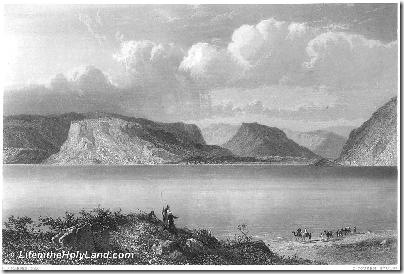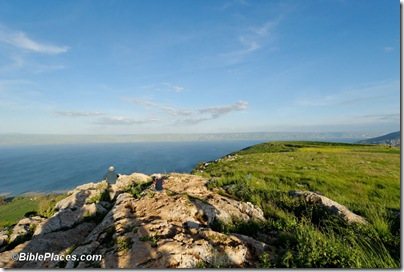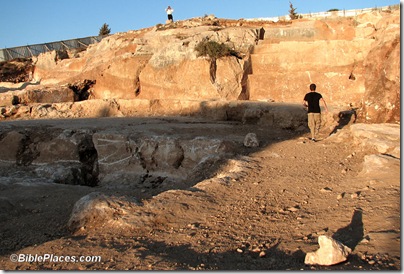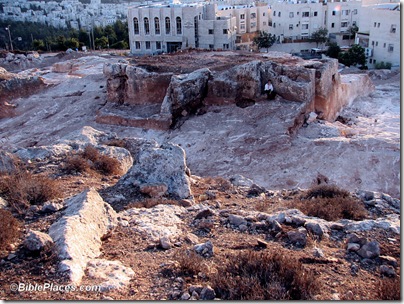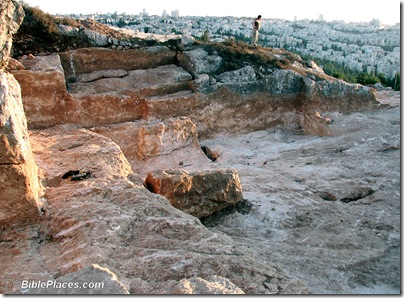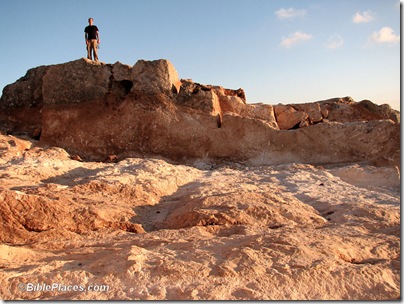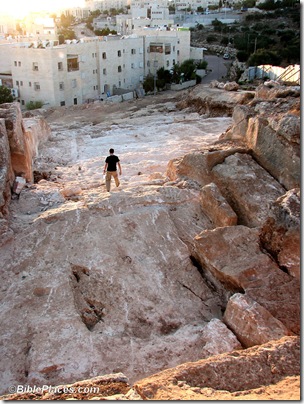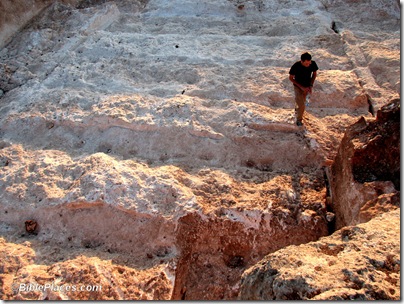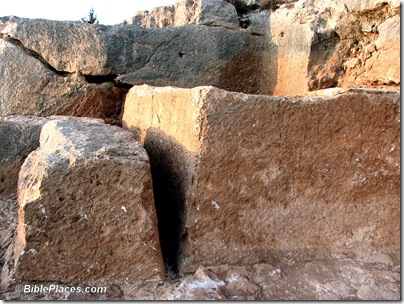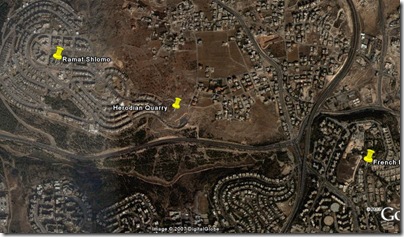One of the most important events in the 20th century was the birth of the State of Israel in 1948. One of the most popular books about the 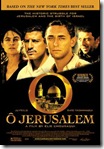 battle between Jews and Arabs was O Jerusalem, a work of historical fiction by Collins and LaPierre. It is recommended reading for all. A movie based on the book and with the same title is coming out on October 17 and you can see the trailer here (and the official website is here). It’s hard to tell from a trailer whether the movie will be fair to the book or to the historical reality, and the movie is rated “R” for “some war scenes.” If nothing else, it makes me want to re-read the book.
battle between Jews and Arabs was O Jerusalem, a work of historical fiction by Collins and LaPierre. It is recommended reading for all. A movie based on the book and with the same title is coming out on October 17 and you can see the trailer here (and the official website is here). It’s hard to tell from a trailer whether the movie will be fair to the book or to the historical reality, and the movie is rated “R” for “some war scenes.” If nothing else, it makes me want to re-read the book.
My earliest memory of a large lake is of Lake Tahoe in northern California, but the body of water I’ve been to the most is the Sea of Galilee. Mark Twain compared the two on his visit in the 1860s:
The celebrated Sea of Galilee is not so large a sea as Lake Tahoe by a good deal—it is just about two-thirds as large. And when we come to speak of beauty this sea is no more to be compared to Tahoe than a meridian of longitude is to a rainbow. The dim waters of this pool cannot suggest the limpid brilliancy of Tahoe; these low, shaven, yellow hillocks of rocks and sand, so devoid of perspective, cannot suggest the grand peaks that compass Tahoe like a wall, and whose ribbed and chasmed fronts are clad with stately pines that seem to grow small and smaller as they climb, till one might fancy them reduced to weeds and shrubs far upward, where they join the everlasting snows. Silence and solitude brood over Tahoe; and silence and solitude brood also over this lake of Gennesaret. But the solitude of the one is as cheerful and fascinating as the solitude of the other is dismal and repellent” (Mark Twain, Innocents Abroad, pp. 375-76).
From Picturesque Palestine, 1880s
- Tagged Then and Now
ABC has some photos of the quarry, or you can watch a two-minute video with relatively poor footage of the site (and two guys who can’t correctly pronounce the object of the discovery).
BiblePlaces.com has some exclusive photos of the quarry area, with thanks to Aubrey Laughlin for sharing them with us. Click on each photo for a higher-resolution version, which you are free to use for personal and educational purposes.
Next challenge: Identify the stones removed from this quarry (bonus points if you can put each one back in its original location!).
- Tagged Discoveries, Jerusalem, Temple Mount
I have been asked where exactly the quarry was located. Here are two maps from Google Earth that show the area of the quarry, about 2 miles (3 km) north of the Old City. You can click on each for a larger view.
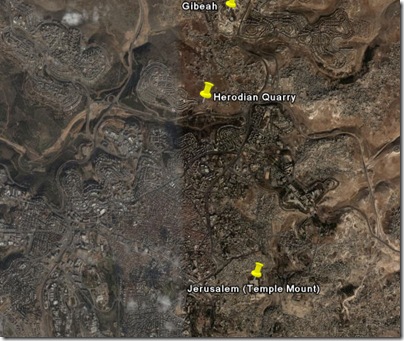
General view. Note the highway to the east of the quarry is similar to the ancient route (known sometimes as the Central Ridge Route or the Road of the Patriarchs).
- Tagged Discoveries, Jerusalem, Temple Mount
It seems like it has been years that rumor has been circulating that a fifth “update” volume is due out for the New Encyclopedia of  Archaeological Excavations in the Holy Land (NEAEH).
Archaeological Excavations in the Holy Land (NEAEH).
Word from the Israel Exploration Society today is that the volume “will not be released before the beginning of next year.” I guess that means that it can be anytime after January 2008. Which guarantees that it will need a significant update by the time it first appears. That’s true for many published and delayed works, but especially true in the archaeology of Israel. (You can still get the four-volume set at Eisenbrauns for the great price of $150).
- Tagged Resources
Haaretz reports:
Jordan will allocate 1.113 million Jordanian Dinars ($1.5 million dollars) to the Jordan Hashemite Fund for the Reconstruction of Al-Aqsa Mosque and Dome of the Rock, King Abdullah II announced yesterday during a meeting of the trustees of the new fund… The fund will pay for a new fire detection system that will be installed in the complex of mosques, as well as a modern fire suppression system. In addition, the fund will acquire a fire truck that will be stationed near the Al-Aqsa Mosque. A team in charge of preserving mosaics and antiquities will also undergo further training at the expense of the new fund. Jordan’s decision to intensify its role in the Al-Aqsa Mosque complex stems in part from the presence of other Arab interest groups that have made increasing inroads there.
- Tagged Jerusalem, Temple Mount
Search
About the BiblePlaces Blog
The BiblePlaces Blog provides updates and analysis of the latest in biblical archaeology, history, and geography. Unless otherwise noted, the posts are written by Todd Bolen, PhD, Professor of Biblical Studies at The Master’s University.
Subscribe
Tags
10th Century
American Colony Photos
Analysis
Antiquities Trade
Dead Sea
Dead Sea Scrolls
Discoveries
Egypt
Excavations
Forgery
Galilee
Greece
Holidays
Israel's Coast
Italy
Jerusalem
Jezreel Valley
Jordan
Jordan Rift
Judah
Lebanon
Lectures
Mediterranean Islands
Mesopotamia
Museums
Negev
New Exhibits
Persia
Philistines
Photo Resources
Picture of the Week
Pseudo-Archaeology
Resources
Sad News
Samaria
Shephelah
Syria
Technology
Temple Mount
Tomb of Jesus
Tourism
Travels
Turkey
Weather
Weekend Roundup
Links
Notice
As an Amazon Associate we earn from qualifying purchases. In any case, we will provide honest advice.
